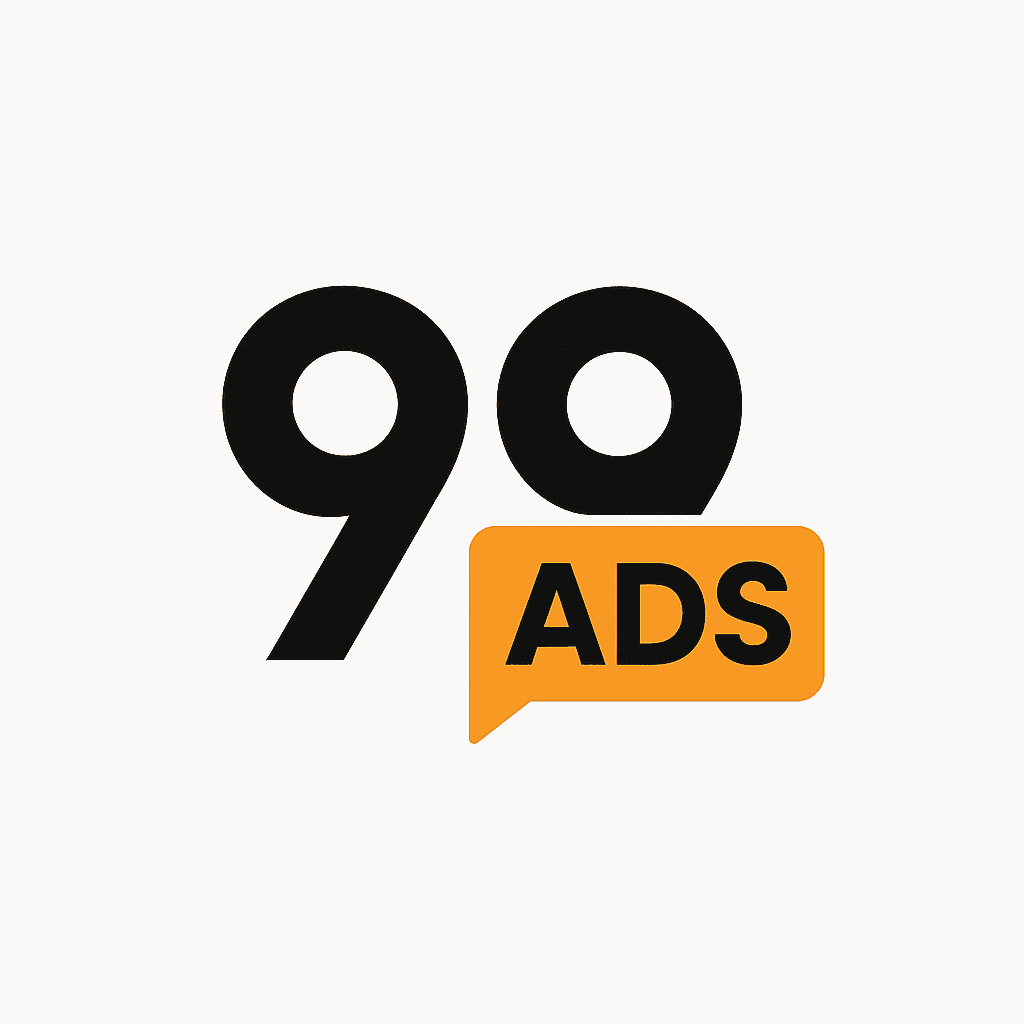Maximizing Your Advertising Budget: Affordable Online Ads on Facebook and Google
Understanding the Importance of Budget Allocation
When it comes to online advertising, maximizing your budget is crucial to achieving the best return on investment. Facebook and Google are two of the most powerful platforms for online ads, offering a plethora of options to suit various business needs. However, effectively allocating your budget between these platforms can be challenging. Understanding each platform's strengths and tailoring your strategy accordingly can make all the difference.

Choosing Between Facebook and Google Ads
Both Facebook and Google Ads offer unique advantages, but knowing where to focus your spending can significantly impact your advertising success. Google Ads are ideal for intent-driven searches, reaching users who are actively searching for specific products or services. Meanwhile, Facebook Ads excel in targeting based on demographics, interests, and behaviors, making them perfect for brand awareness and audience engagement.
To decide which platform to prioritize, consider your campaign goals. If you're aiming for conversions from users with high purchase intent, Google Ads might be more effective. On the other hand, if you're looking to build brand recognition or target a specific interest group, Facebook could be the better choice.
Setting Precise Targeting Parameters
Both platforms offer advanced targeting capabilities that allow you to reach the right audience without wasting your budget on uninterested users. On Facebook, take advantage of detailed targeting options based on location, age, gender, interests, and behaviors. Google Ads offers similar precision through keywords and audience demographics.

Utilizing Custom Audiences
One of the most effective strategies in maximizing your advertising budget is using custom audiences. On Facebook, you can create custom audiences from your existing customer database, website traffic, or app activity. This approach enables you to engage with people who already know your brand, increasing the likelihood of conversions.
Google Ads offers similar capabilities through remarketing lists, allowing you to show ads to users who have previously interacted with your site or app. By targeting these warm leads, you can improve conversion rates and get more out of your budget.
Optimizing Ad Content for Engagement
The quality of your ad content is crucial in capturing attention and driving engagement. Both platforms support various ad formats, including video, carousel, and sponsored posts. Ensure your ads are visually appealing and convey a clear message to encourage interaction.

A/B Testing for Better Results
To maximize the efficiency of your advertising budget, continuous testing is essential. Implement A/B testing to compare different ad versions and identify what resonates best with your audience. Test various elements such as headlines, images, and calls to action to optimize performance.
By analyzing the results of your tests, you can refine your strategy and allocate more budget toward the most effective ads, ensuring higher returns on investment.
Monitoring and Adjusting Your Campaigns
Regular monitoring of your ad campaigns is crucial for maintaining their effectiveness. Use analytics tools provided by both Facebook and Google to track key performance indicators such as click-through rates, conversion rates, and cost per acquisition.
Based on these insights, adjust your campaigns as necessary to enhance performance and ensure optimal budget utilization. Flexibility in your approach will enable you to adapt to changing market trends and consumer behaviors.

By understanding the strengths of each platform, setting precise targeting parameters, optimizing ad content, and regularly monitoring results, you can effectively maximize your advertising budget on Facebook and Google. With thoughtful planning and execution, you can achieve significant returns without breaking the bank.
